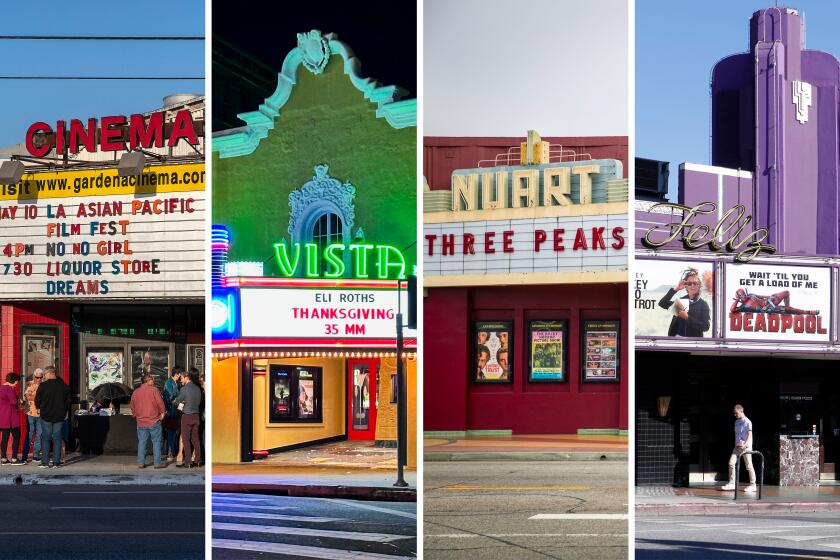Action icon John Woo on why he loves L.A. and what brought him back to Hollywood
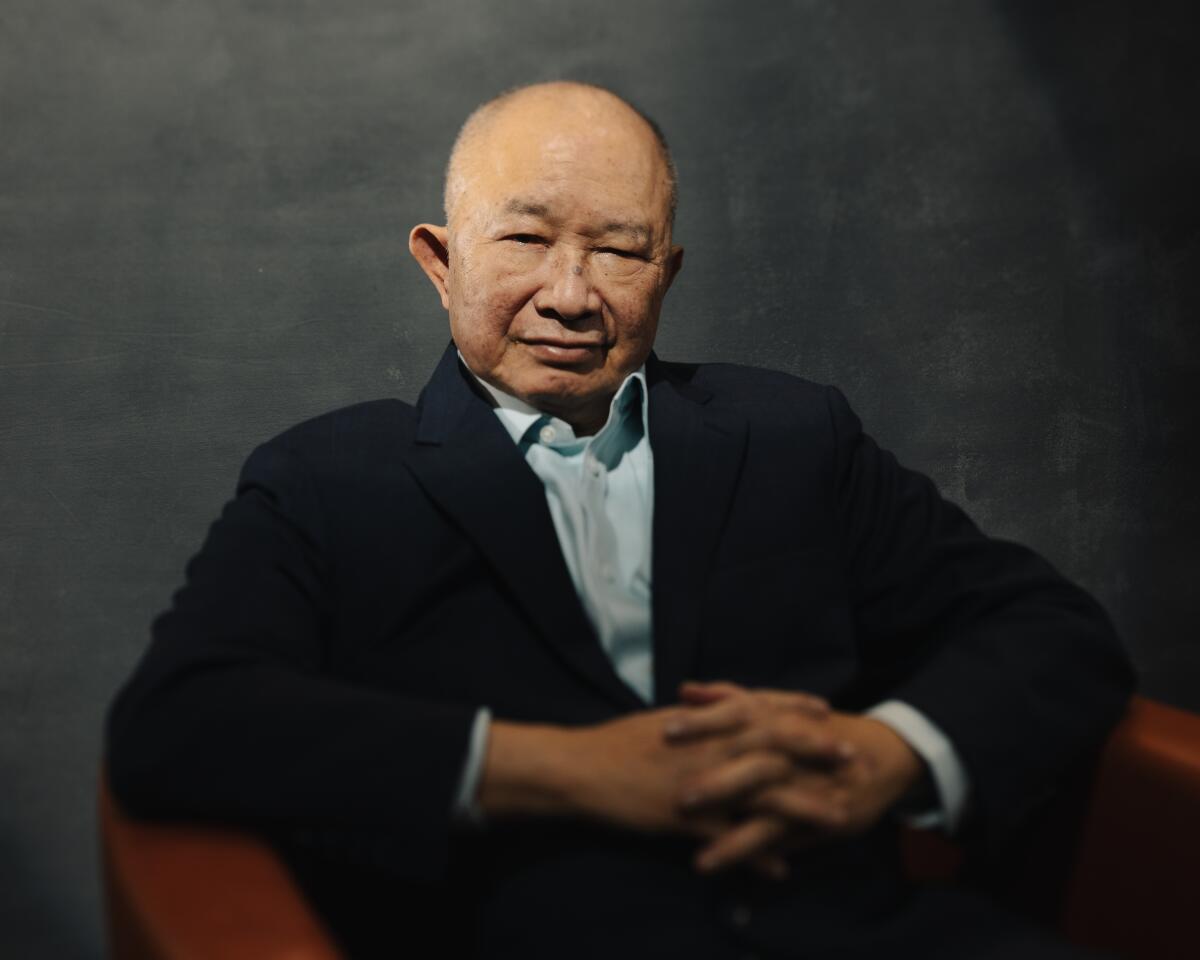
- Share via
Hong Kong auteur John Woo is back working in Hollywood for the first time since 2003’s “Paycheck” with Christmas actioner “Silent Night,” in which the influential director of classics “Hard Boiled,” “The Killer” and “Face/Off” proves he’s still got a master’s touch when it comes to breathtaking balletic violence and broken antiheroes. But “Silent Night,” out this Friday from Lionsgate, also marks a departure from the high spectacle fans might expect from Woo, whose “heroic bloodshed” landmarks of the ’80s and ’90s shaped modern action as we know it.
At its center is a grieving father (Joel Kinnaman) bent on revenge after gangsters kill his young son and injure him one Christmas Eve, rendering him unable to speak. He’s far from one of Woo’s lethally cool heroes, an everyman who makes plenty of mistakes in his quest for justice. The film, intimately scaled with bursts of explosive violence, car chases, brutal fight sequences and shootouts, features no spoken dialogue. And Woo’s symbolic slo-mo doves are nowhere to be found.
But the 77-year-old director relishes the chance to stretch and surprise, even with more than three dozen features under his belt. With a twinkle in his eye, Woo notes the unique milestone that “Silent Night” marks. “It’s my first independent movie,” he says.
The lack of dialogue was a challenge, Woo tells The Times over tea at his Santa Monica office. It was also exciting. “Like Alfred Hitchcock said, every movie is a new experiment,” says Woo. “Inside the no dialogue, actually, is a very human story. It’s about the love of a father for his son. The challenge when a movie has no dialogue is how to make the audience accept the story and also be moved by the characters, without feeling like they’re missing anything.”
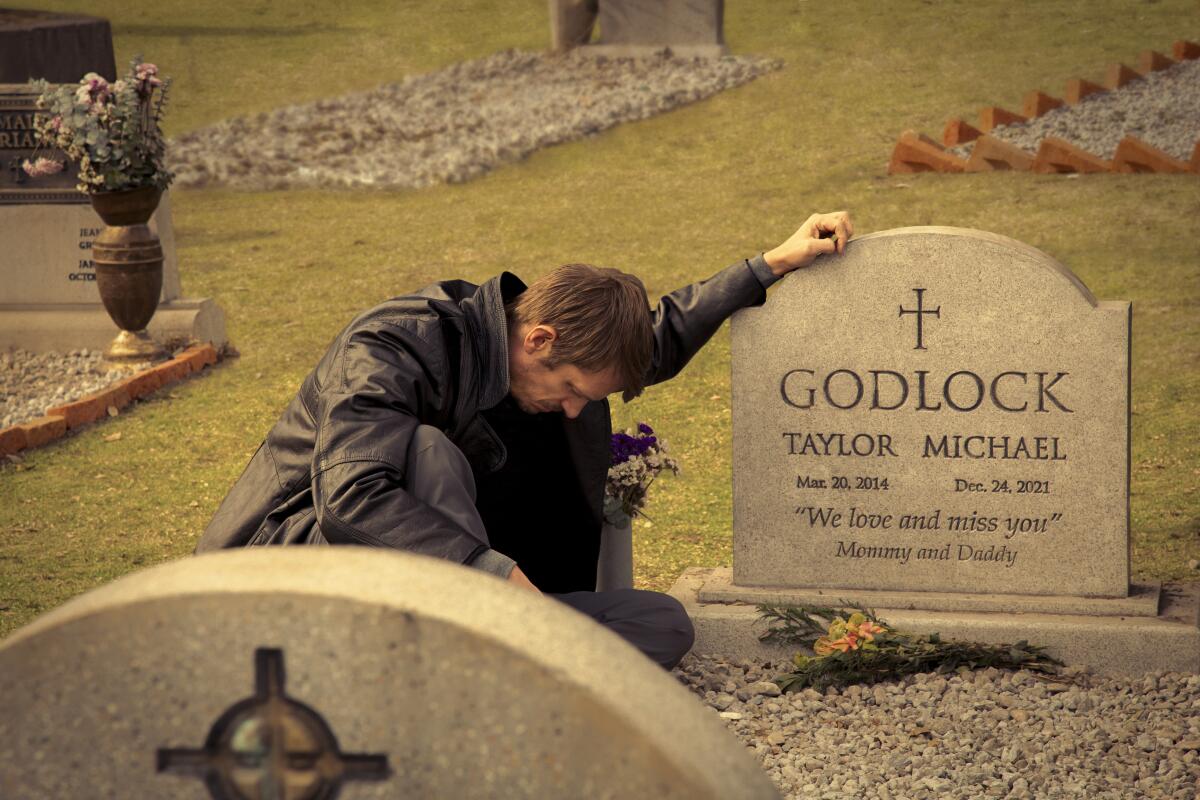
Call it yet another chapter in Woo’s storied career, one in which he’s pretty much always thinking about movies — that is, unless he’s cooking multicourse Chinese-style meals at home for his family, the only time he relaxes when not obsessing over films. He’s already shot most of his next one, a Paris-set rethink of his own 1989 “The Killer.” (The strikes interrupted production.)
Inside his Westside headquarters, John Travolta and Nicolas Cage greet visitors from a jumbo “Face/Off” standee while a framed poster for 2002’s “Windtalkers,” also starring Cage, decorates a wall. Another wall tells a more personal story: Sporting Alain Delon shades, Chow Yun-fat lights a cigarette with a $100 bill on the French poster for Woo’s 1986 breakout “A Better Tomorrow” — a favorite of the filmmaker’s and the namesake of his production company — near one for his 1990 fractured-friendship crime drama “Bullet in the Head,” originally written as a prequel before his public rift with collaborator and fellow Hong Kong cinema icon Tsui Hark.
John Woo is known for a cinema of violent delirium so breathtaking it plays like visual poetry, and “Face/Off,” though his third film in Hollywood, is the first to expose mainstream audiences to the master at his most anarchically persuasive.
Step into Woo’s glass-paned private office and you get a deeper window into the influences that still inspire him. Clint Eastwood as Dirty Harry glowers across Woo’s desk from a framed studio glossy. Nikkatsu star Akira Kobayashi grins, pistol and dice in hand, in 1964’s “Sasurai no gambler.” A poster for Teruo Ishii’s “An Outlaw” starring another Woo fave, Ken Takakura, prompts him to launch into a rapturous appraisal of how it inspired him to make “The Killer.” Here, he surrounds himself with his movie heroes, and two by Jean-Pierre Melville — “my idol,” he says — complete the room: Jean-Paul Belmondo in “L’Aîné des Ferchaux” (1963) and Delon in “Le Cercle Rouge” (1970).
Film has been a constant in Woo’s life since his youth. Born in 1946 in China, his Christian family fled to Hong Kong when he was a boy and lived in poverty. Churches and movie theaters became refuges for the young Woo to escape violence. “I was raised in a slum and I was beat up all the time,” said Woo, who likens his childhood to François Truffaut’s “The 400 Blows,” a film he watches regularly and weeps over every time. “When I got beat up, I used to run into a church and I felt safe and I felt happier. The theater, especially, gave me so much joy and hope.”
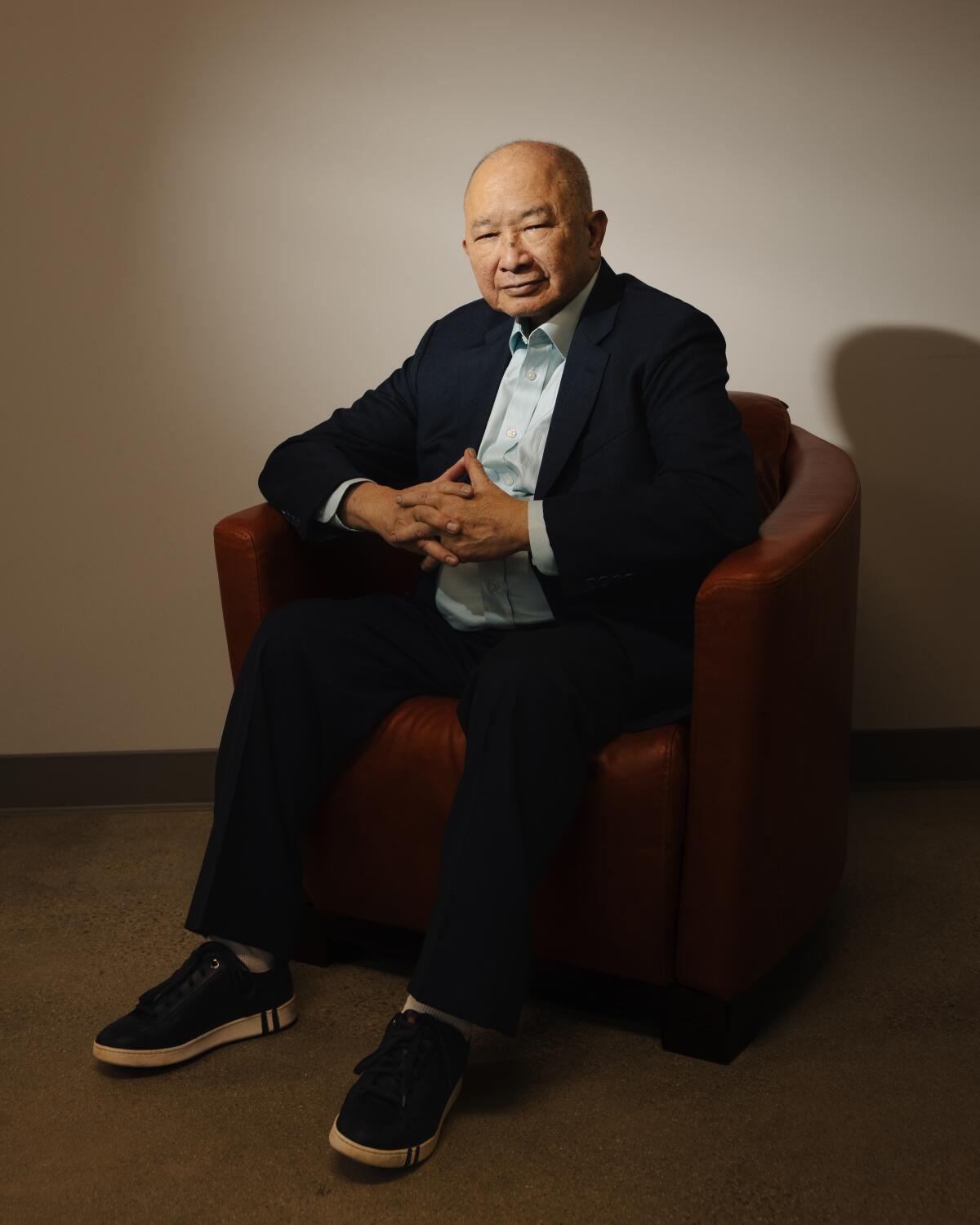
Timing is one of many strokes of luck he says he’s had in life. Growing up post-war, he gravitated toward European and Japanese films as a young man in the 1960s and saw French New Wave artists experimenting with new ways of storytelling. He pored over foreign imports with fellow “movie crazy” cinephiles, catching private screenings at the French embassy, which is where he first saw his favorite film of all time, Jacques Demy’s 1964 musical romance “The Umbrellas of Cherbourg.”
“That’s the movie that taught me what romantic means,” says Woo of the sung-through Catherine Deneuve starrer. The film’s unconventional approach and devastating love story helped him reenvision the ways films could be told. “It made me think a movie could be so beautiful in different ways,” he says. Woo worked his way into the film industry in the 1970s, serving as assistant director for wuxia icon Chang Cheh before making his own directorial debut with 1974’s “The Young Dragons,” featuring fight choreography by a young Jackie Chan. The next decade was spent helming studio assignments — comedies and martial arts films — and facing mounting frustration.
I used to run into a church and I felt safe and I felt happier. The theater, especially, gave me so much joy and hope.
— John Woo, on his childhood in Hong Kong
Even after defining a new genre of action with hits “A Better Tomorrow,” “The Killer” and “Hard Boiled,” all of which starred Chow Yun-fat in guns-blazing, highly stylized operatic tales of criminals with strict moral codes, he strained against the Hong Kong industry’s expectations. “Everything was so limited in what we could do,” Woo says. “We couldn’t make a historical film or anything about the lower caste of society. Only action.”
It wouldn’t be the last time Woo got fed up enough to try something new. Calls from American studios were coming in, and he thought he could grow as an artist in taking the leap. “I was excited because it was a dream to work with different kinds of people, and in Hollywood everything was so organized,” he says. “So I took a chance.”
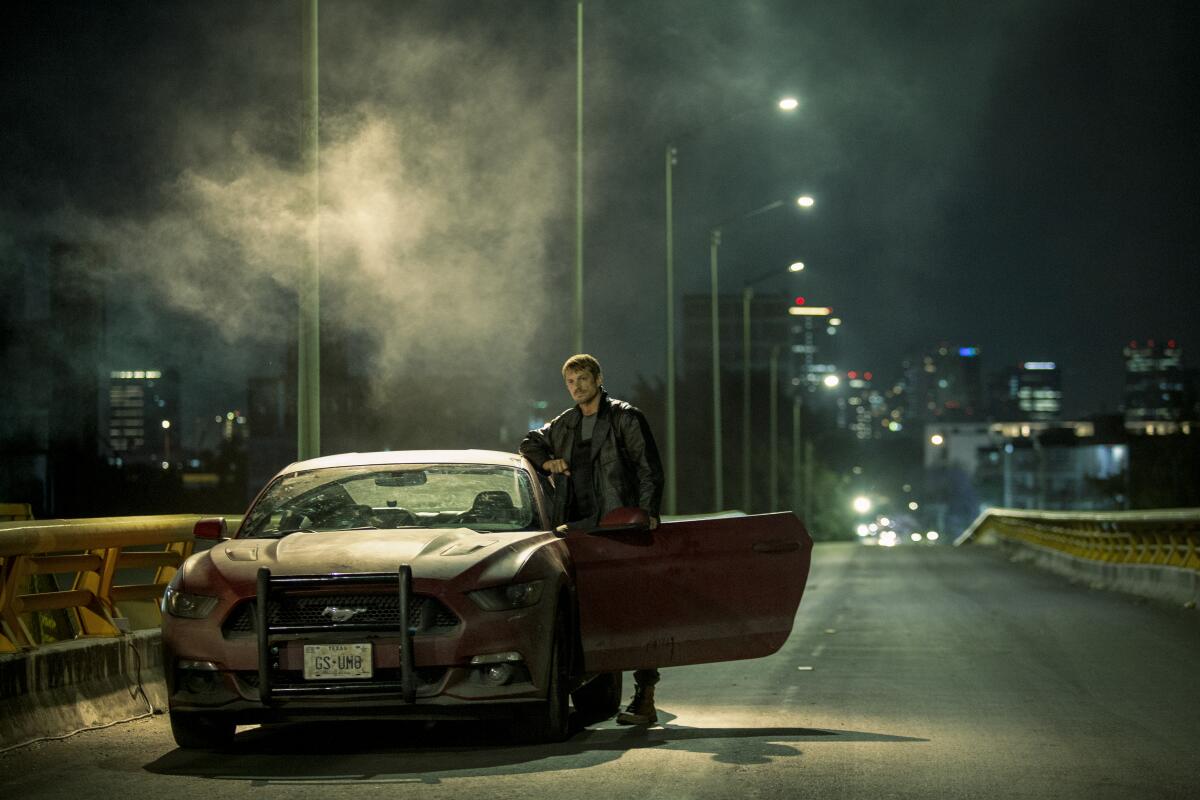
He moved his family to Los Angeles, fell in love with the city and in the ’90s became a U.S. citizen. “I loved Los Angeles because I could see a tree everywhere,” he says. “In Hong Kong I was raised in a slum for over 20 years. It was hard to see any trees. It was hard to see any blue sky. Whenever I looked up — gray and haze. When I came to Los Angeles, I could see trees everywhere.”
He started learning firsthand how Hollywood made movies. Woo made his stateside debut with the 1993 Jean Claude Van Damme action romp “Hard Target,” historic for being the first modern U.S. studio film helmed by an Asian director, then directed Travolta in 1996’s nuclear action thriller “Broken Arrow.” The 1997 sci-fi mug-swapper “Face/Off,” however, proved to be his crowning achievement, a hit with critics and audiences, crossing $112 million at the domestic box office and earning an Academy Award nomination for sound editing.
After earning the highest returns of his career, but middling reviews, with 2000’s “Mission: Impossible 2,” Woo eventually grew restless again. Hollywood only wanted big action movies from him, and the smaller dramas he wanted weren’t coming his way. “Some people even said because I’m Chinese, I am not suitable to make any movie about American history or the topic of racial problems,” he says. “Good scripts never came to me.”
Paradoxically, Woo found the scripts and the budgets back in post-handover China, where he worked on lavishly funded epics such as the two-part $80-million “Red Cliff,” both a longtime dream project and a sign of an ascendant “Chinawood.” But he came to find the pressure binding. (Woo has called the atmosphere “unhealthy.”) He hungered for a return to something leaner.
Robert Archer Lynn’s script for “Silent Night” captured his attention with its intimate character drama and emotional undercurrent, the kind of “good human story” Woo thought audiences missed in an age of comic-book-movie fatigue. Backed by “John Wick” producers Thunder Road, Capstone Studios and Woo’s own A Better Tomorrow Films, the film came with its own constraints — namely, an indie budget and limited filming days.
The shoot required inventive planning. Woo and cinematographer Sharone Meir employed long takes and little coverage, shooting in Mexico for the American suburbs, allowing actors free rein to play out scenarios with their expressions and physicality alone. Working instinctively with actors Kinnaman as Brian Godlock and Catalina Sandino Moreno (“Maria Full of Grace”) as his wife Saya, whose marriage disintegrates as Brian hunts down crime boss Playa (Harold Torres), Woo came up with creative in-camera transitions and blocking that added emotional heft and lyricism.
Woo’s veteran action chops are also on display, including a cold open high-speed shootout, bone-crunching brawls, slo-mo carnage, gun-fu galore and the introduction of a good-guy cop (played by Kid Cudi) sympathetic to Brian’s citywide vengeance. But the director also wanted “Silent Night’s” grounded action to avoid looking cartoonish. “I intended to make it look different from those big movies nowadays, the sci-fi, Marvel-like movies,” Woo says.
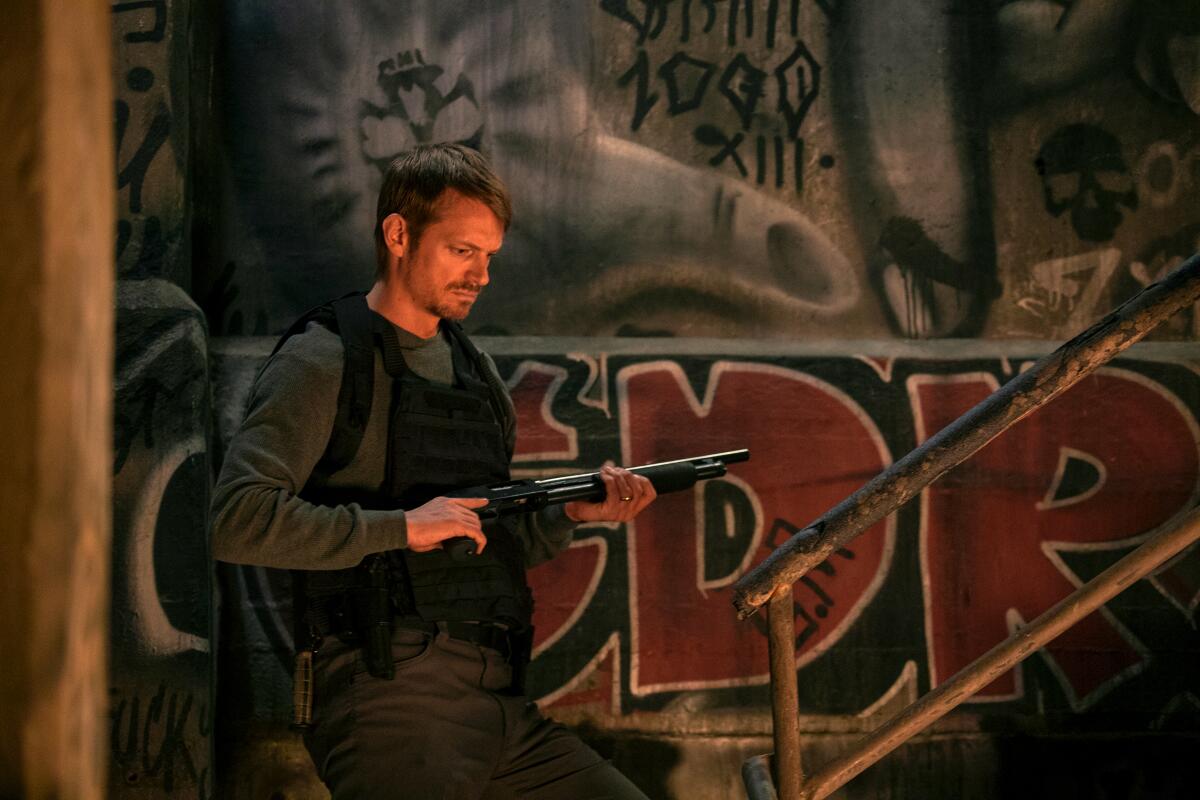
He started with an actor who could believably play an ordinary man, transformed. “You try to find their core — what is their goodness, what is their weakness, even what’s a better camera angle for them?” says Woo of his actors, who he learned to love from mentor Chang Cheh. “I watch their eyes. I even look at their hands. If I’m making an action movie, what kind of weapon is suitable for you to hold?”
Kinnaman wanted an acting challenge, not just a physical one.
“He would spend his time on set designing one beautiful shot that told the whole story,” says the actor of Woo. “It was a wonderful collaboration because he was very open and receptive to ideas. Because we didn’t have dialogue, the action became the way that we told the story. It became a pretty creative process. We came up with a lot of ideas on the day.”
Some of “Silent Night’s” most resonant moments come from their creative fusion on set, such as an emotional scene in which Brian enters his son’s room for the first time after his death. The script called for flashbacks to happier times; Woo only had half a day to shoot the scene.
“Then Joel said, ‘What if I was dreaming that I was sleeping next to my son?’ I said, ‘Oh, that’s a good idea,’” recalls Woo. “Then I came with the idea to do it all in one shot.” The haunting moment, in which a distraught Brian briefly imagines his son next to him only to wake up to heartbreaking reality, unfolds in-camera via careful reframing while also showcasing Kinnaman’s subtly wrought performance. The sequence makes the bursts of violence that follow feel weightier and earned.
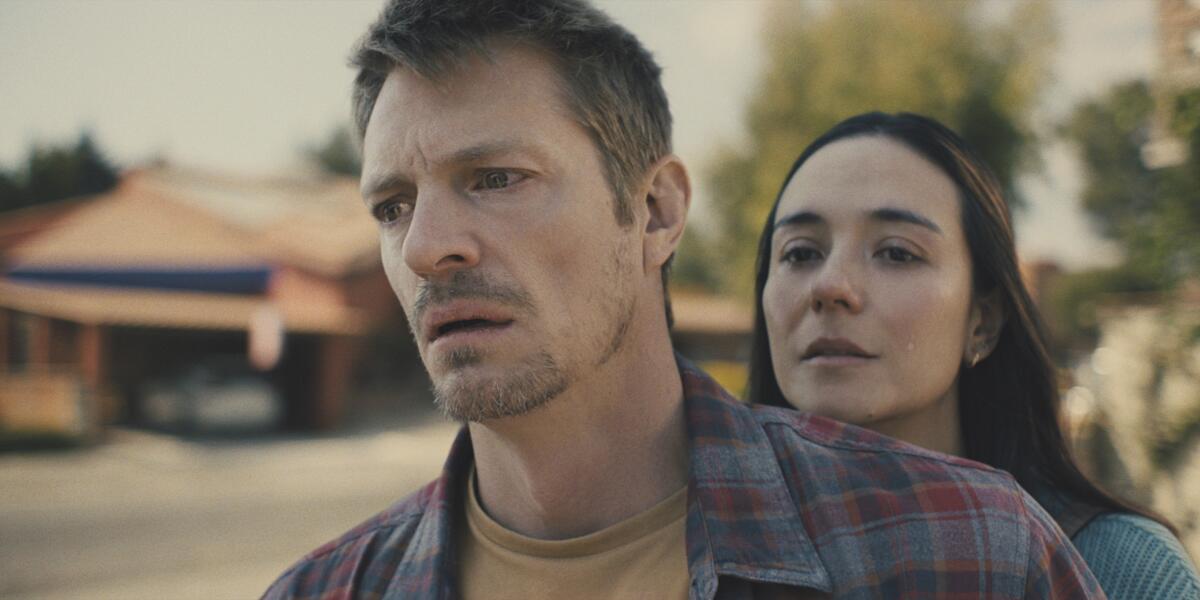
Woo’s open approach to working with actors has paid off before. In “Face/Off,” a scene between Cage and Joan Allen wasn’t working until Woo remembered a joke Cage had told him about a dentist removing the wrong tooth — and asked him to try delivering it through tears. The experiment worked: It’s a credibly human moment in an otherwise over-the-top film, the kind of layered character drama that Woo strives to build his action around.
He’s eager to see how audiences receive his U.S. return, even as he looks forward to finishing his next: a gender-flipped remake of “The Killer” starring “Fast & Furious‘” Nathalie Emmanuel in the lead role. About two-thirds of the film was shot before the strikes interrupted production, and Woo plans to return to Paris in January to pick up where he left off.
We’ve mapped out 27 of the best movie theaters in L.A., from the TCL Chinese and the New Beverly to the Alamo Drafthouse and which AMC reigns in Burbank.
At first, he didn’t want to remake one of his best-known classics. But the fresh take (the screenplay is by Matthew Stuecken, Josh Campbell, Eran Creevy and Brian Helgeland) got his attention. “Chow Yun-fat’s character becoming a woman felt interesting and different,” Woo says. “So I thought I’d like to try to direct a female hero. This will be the first time.”
He’d still like to make a musical, a long-held dream, or a touching drama along the lines of “Cinema Paradiso.” What keeps him driven to make movies, more than a half-century in? Woo smiles. Filmmaking, he says with a laugh, “is like a drug.” (Figuratively, at least, he’s quick to clarify.) “I think when you are in love with something, you never want to give it up.”
More to Read
Only good movies
Get the Indie Focus newsletter, Mark Olsen's weekly guide to the world of cinema.
You may occasionally receive promotional content from the Los Angeles Times.
